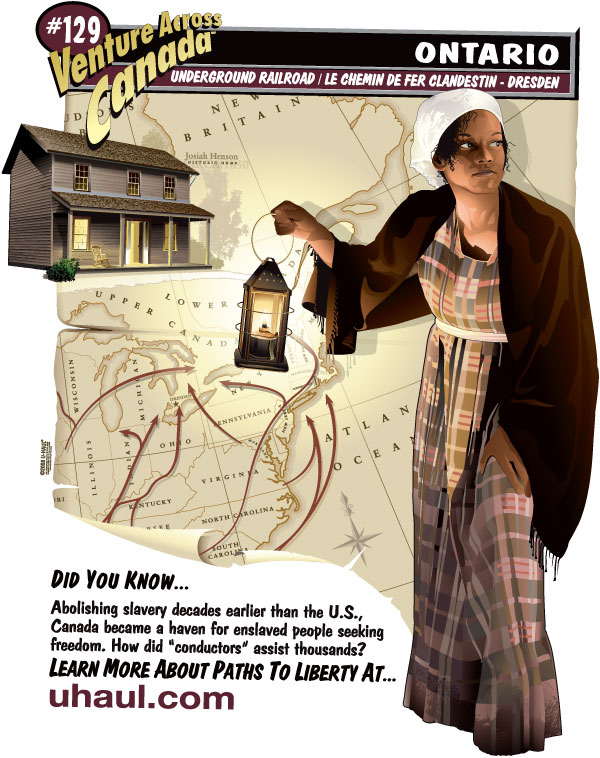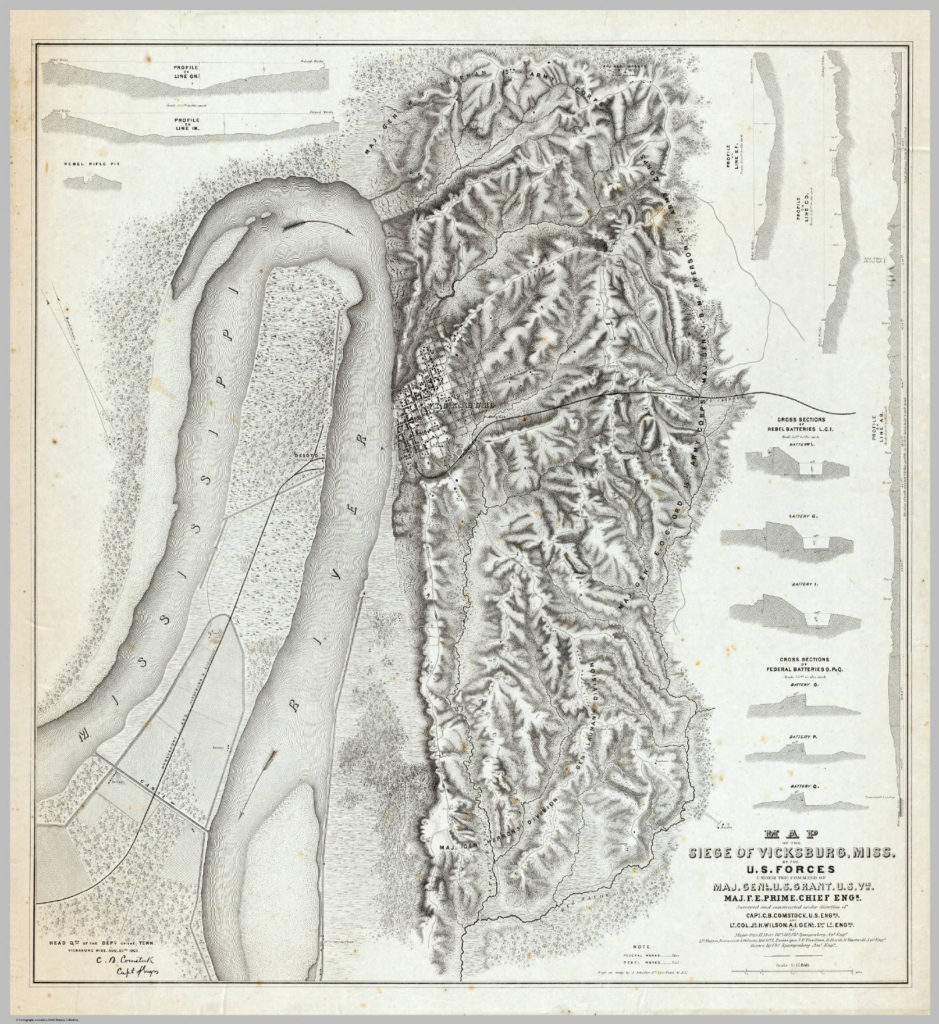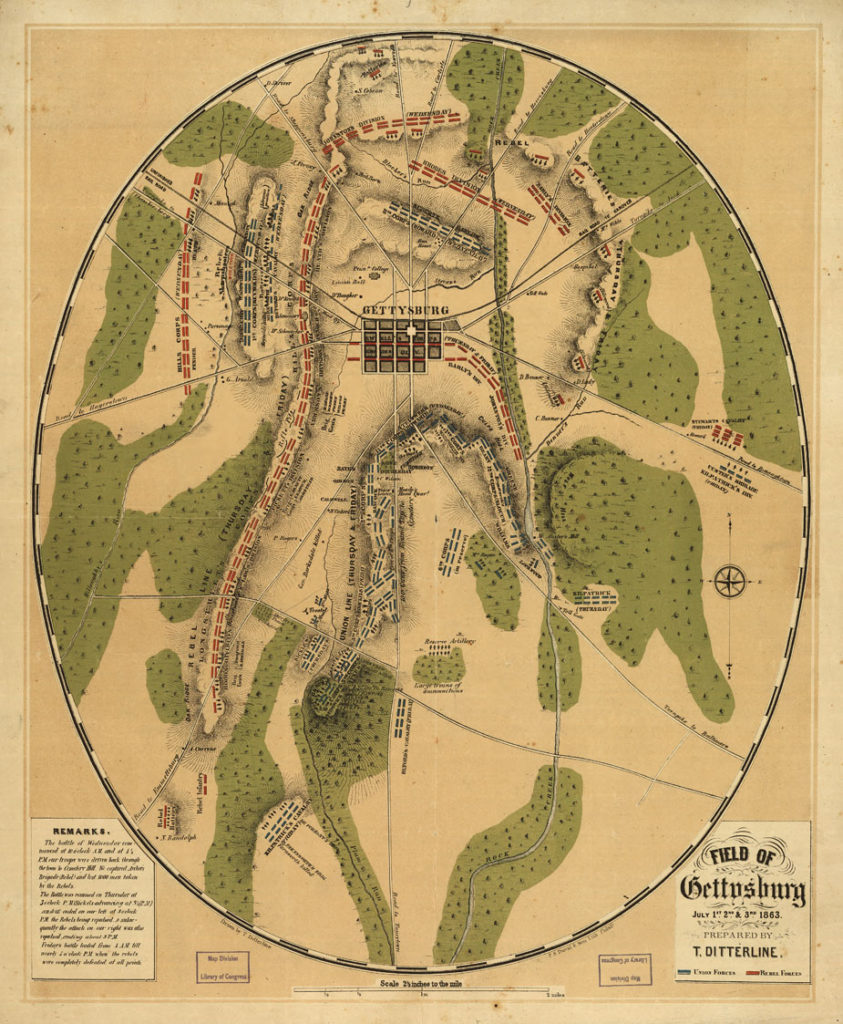Monday Map
Underground Rail Road Routes Leading to Canada
I was surprised to find this on a U-Haul truck directly in front of my home in Brooklyn, NY.

As most schoolchildren learn, the Underground Railroad was a loose network of people throughout the United States who assisted runaway slaves trying to reach Canada, or other parts of America that refused to recognize the laws saying human slaves were property that must be returned to their owners.
In my little hometown in northwest Ohio, there was a house with a hidden room reputed to have provided sanctuary for fugitive slaves on their way to Ontario. And here in Brooklyn, the church where abolitionist Henry Ward Beecher preached had a secret tunnel that led to the East River, for the same purpose.
During the colonial period, Brooklyn contained a plantation with more slaves than anywhere else in the north. Across the East River, New York of the 1820s had more slaves than any city other than Charleston, South Carolina, and the area in Kings County around Brooklyn likewise had many people still enslaved. It is hard to imagine how anyone in a civilized nation could be capable of such monstrous barbarity. And yet, it was not all that long ago.
So, this seemed a most appropriate map for today, the Martin Luther King federal holiday, in this particular year of 2014, the 50th anniversary of the Civil Rights Act of 1964.
Half a century ago today, African-Americans were not yet afforded full protection of equal rights as citizens of the United States in many places in the country. And large populations of whites, including government officials, staunchly opposed the very idea, some going even as far as committing terrorist acts, including murder, to derail the freedom train that once road the routes of the Underground Railroad.
And 100 years before that, the nation was deep into a bloody civil war ignited primarily because of slavery, and the issue of whether or not individual states had the right to continue that institution regardless of possible prohibition under federal law. The outcome of that war was far from certain when, on January 19, 1864, General Grant, then leading the Division of the Mississippi, wrote to General George Henry Thomas to explain there was a shortage of troops, as many were sent home on furloughs to see their families, as reward for reenlisting. Once the winter ended they would begin the invasion of the Deep South, and the battles with the most horrendous loss of life lay ahead.
President Lincoln was up for re-election in the fall, with considerable opposition to his policies. And the Senate was on the verge of debating the passage of Thirteenth Amendment to the United States Constitution, abolishing slavery and involuntary servitude, except as punishment for a crime. It would pass on April 8. But the House of Representatives would not pass it until December of 1865, nine months after the President’s assassination.
One hundred and fifty years later, in 1964, descendants of all those freed slaves were still suffering under the apartheid system known in America as Segregation. Even after the Civil Rights Act became law, there were many struggles ahead. Dr. King, the courageous and charismatic leader among civil rights activists was still on the front lines of that cause four years later, when he met his own death from an assassin’s bullet.
The U-Haul truck in question apparently originated in Ontario. But it had been rented in Brooklyn by the new lodger moving in to share my apartment. By no means fleeing slavery, she was escaping from a different sort of domestic hell, at less cost than professional movers.
It helps illustrate just how much effort one will put into labor when they are working for themselves, rather than working to make some rich guy even richer.
Bravo for U-Haul. You can find more interesting regional and commemorative artwork at
http://www.uhaul.com/SuperGraphics/



